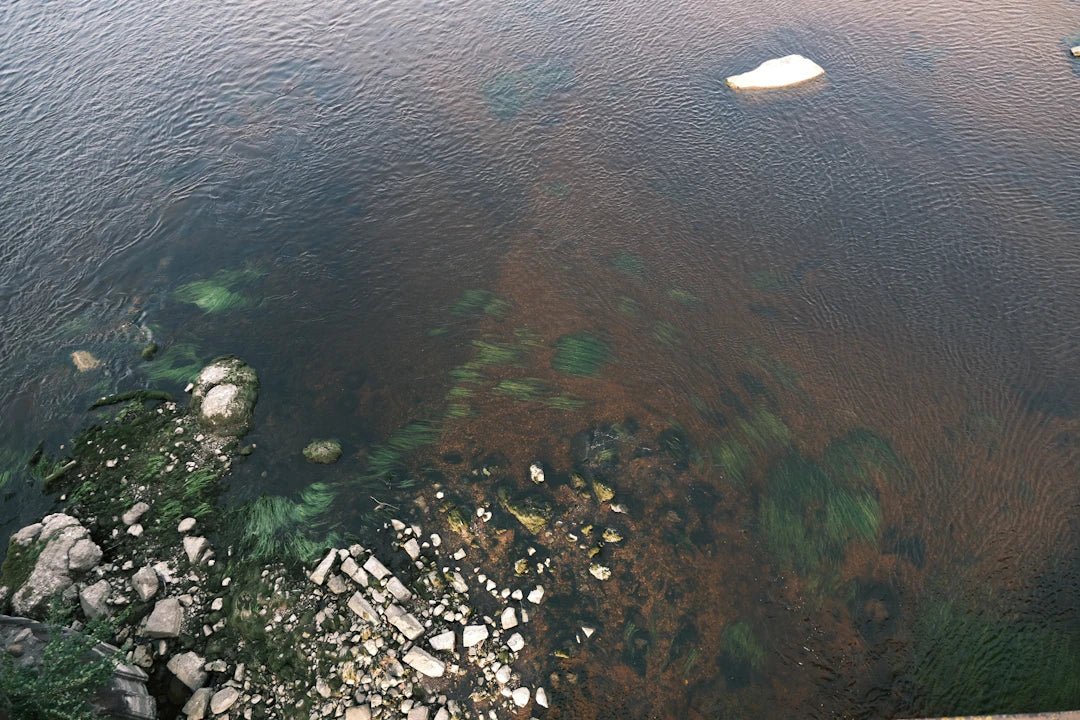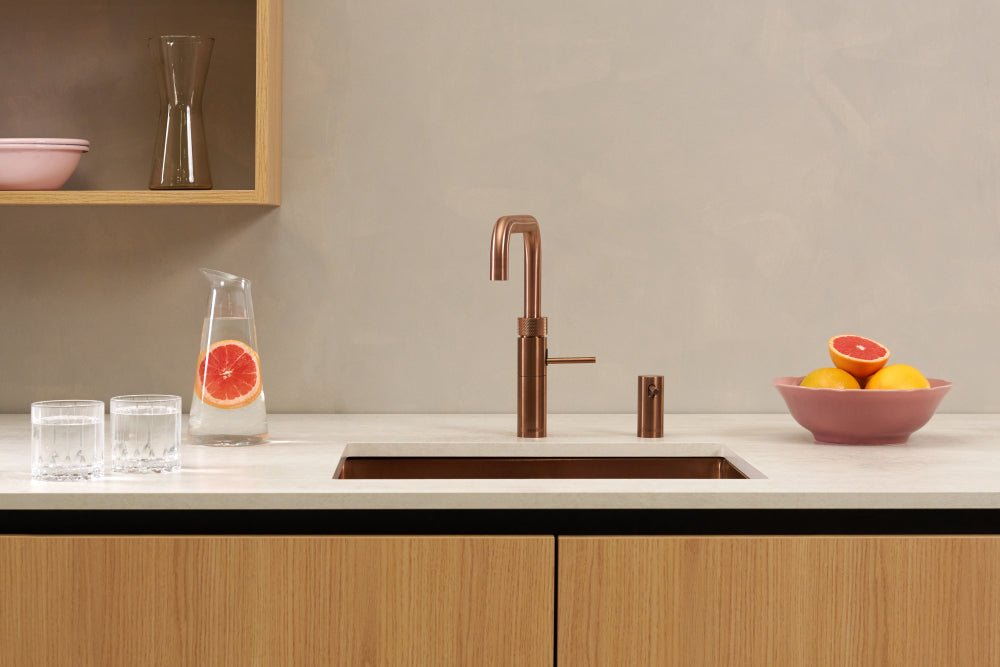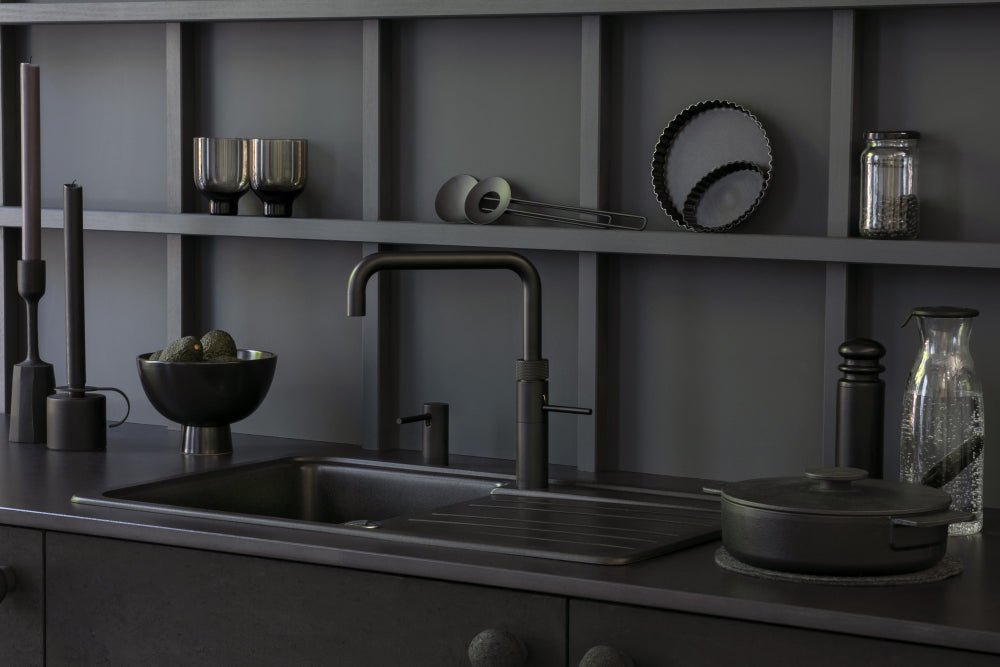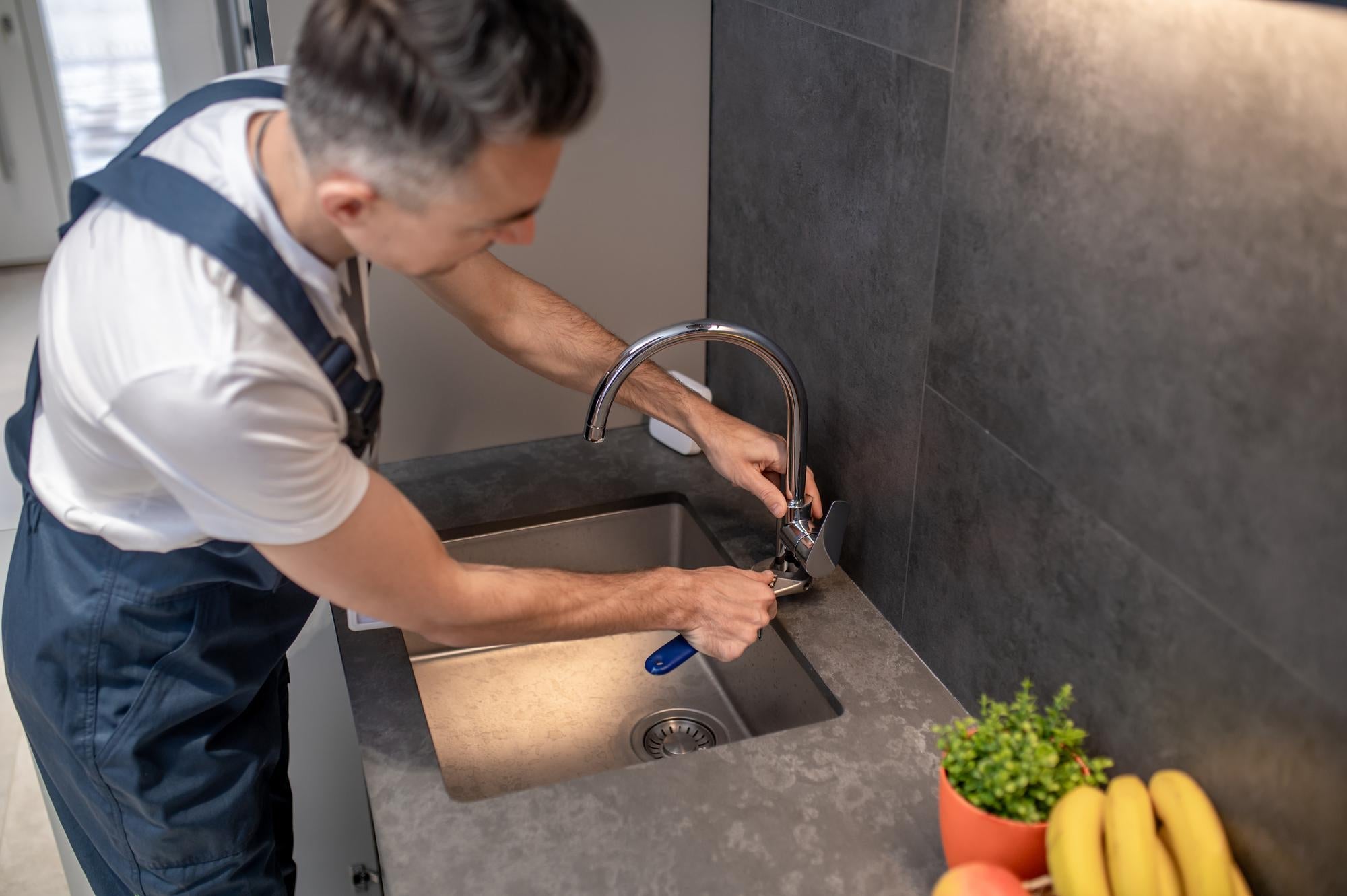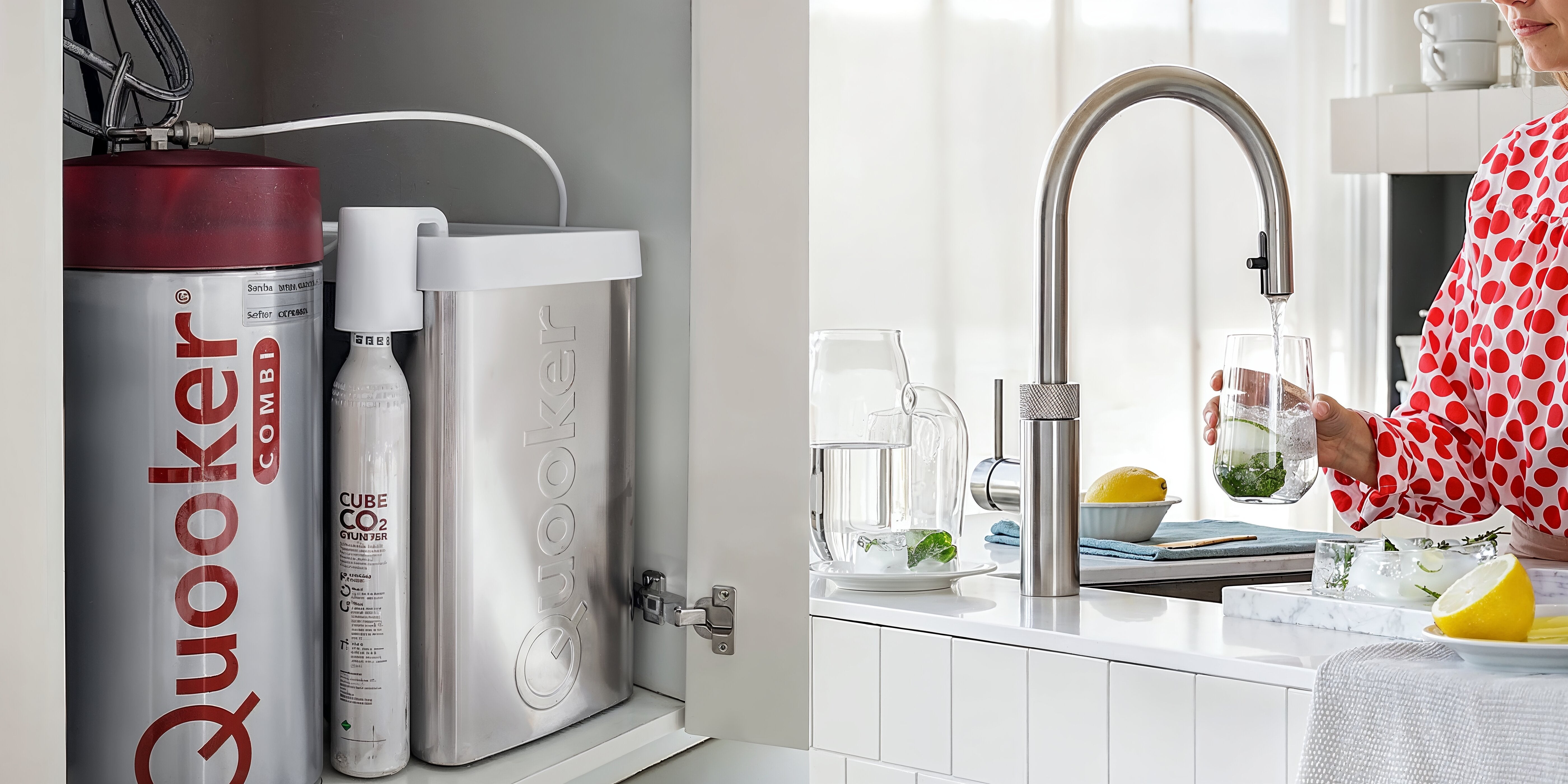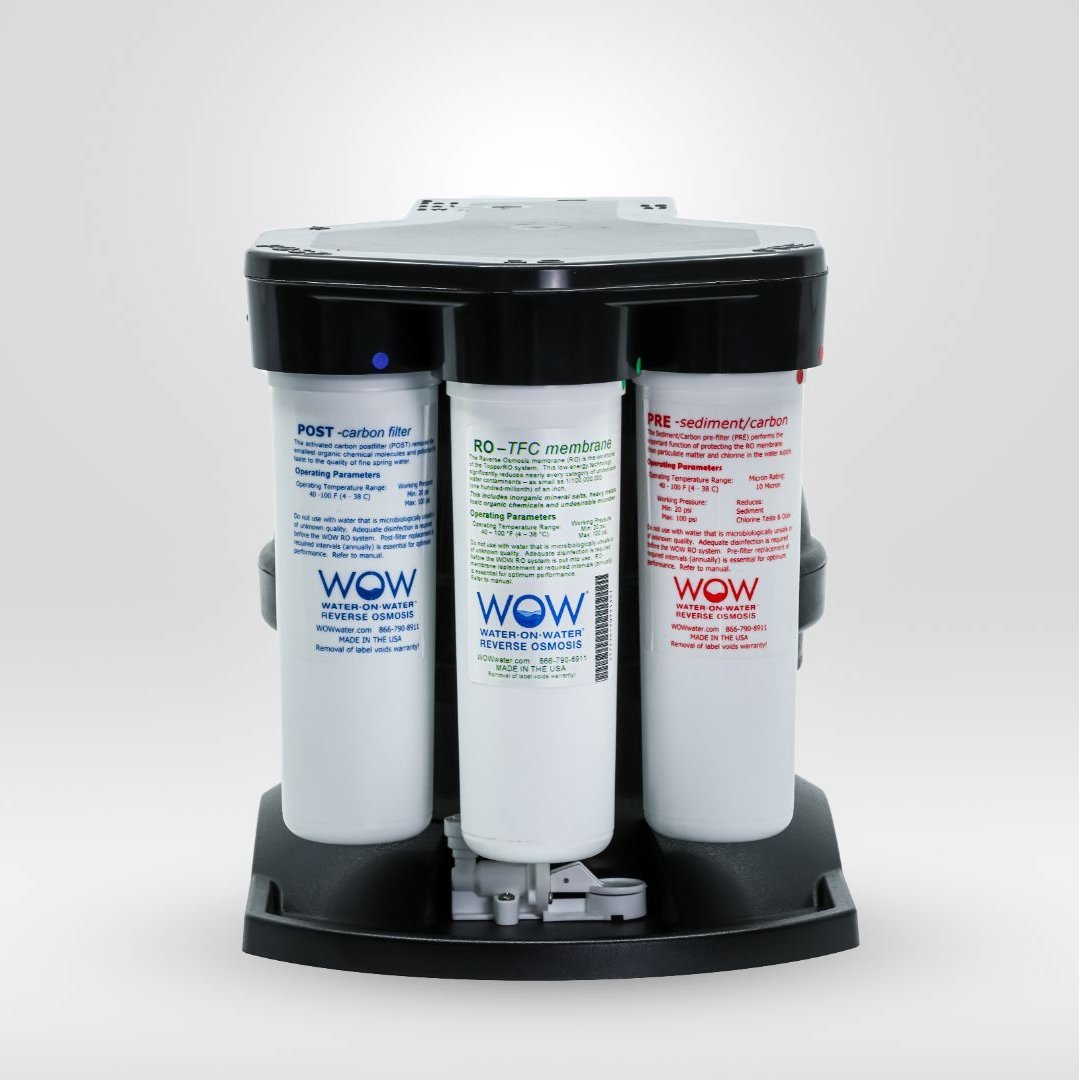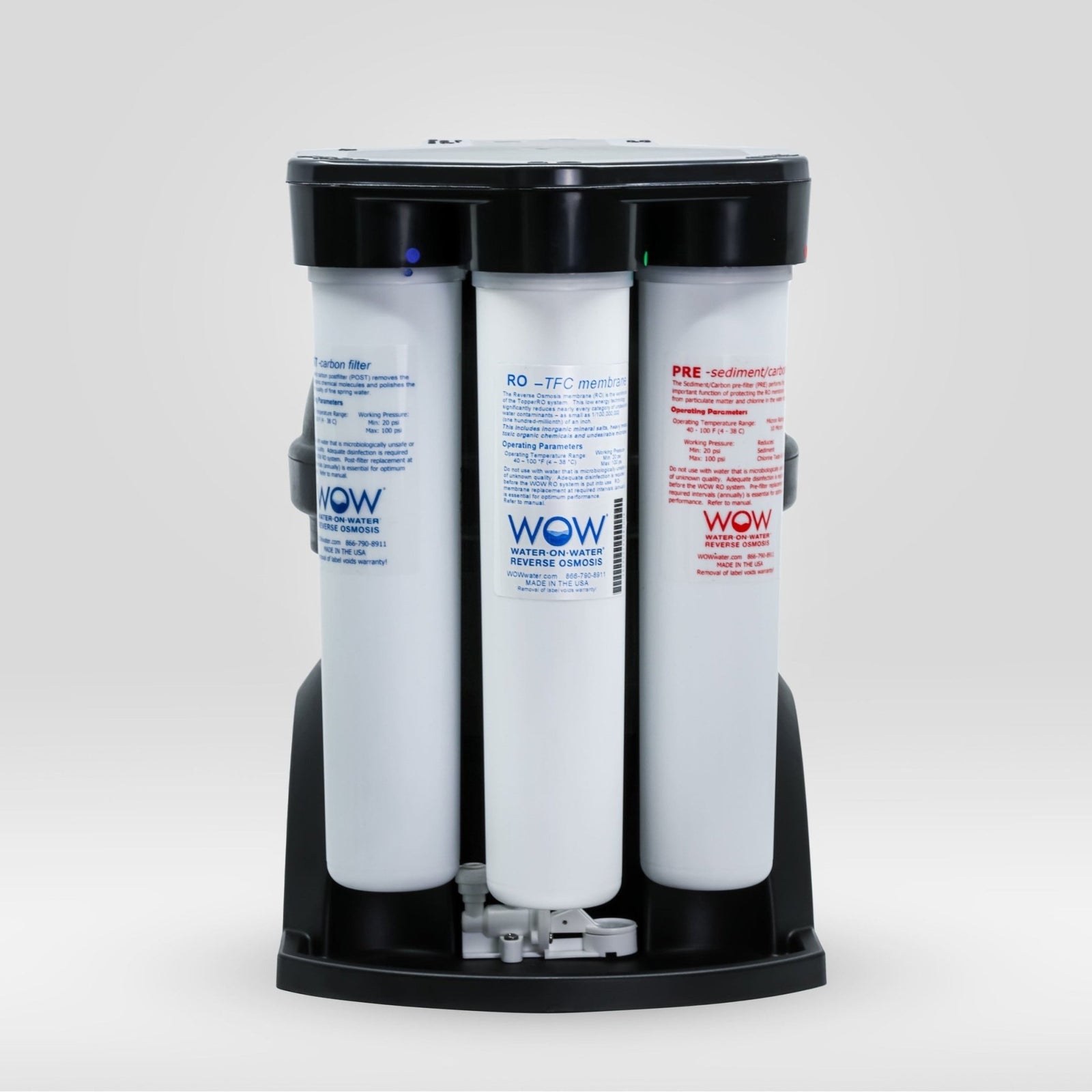PFAS, or per- and polyfluoroalkylene substances, are chemical compounds ubiquitous in our daily lives. Despite their beneficial properties, such as water and grease repellency, they also pose serious environmental and health risks. This article discusses the most common sources of PFAS, their impact on our health and the environment, and how a drinking water filter can help reduce exposure.
What are PFAS?
PFAS are a large group of synthetic chemicals commonly used in various industrial processes and consumer products. Their unique properties make them highly effective, but at the same time, they are difficult to break down. PFAS have a long half-life , meaning they persist in the environment and in the human body even after exposure has ceased.
Where does PFAS occur?
PFAS are found in many everyday products and environments. Here are some of the most common sources:
1. Cooking and Baking
Whether you use non-stick cookware or cookware from certain brands, PFAS can be present. These substances are often added to coatings to reduce adhesion and facilitate easy food removal. Once these cookware is damaged, PFAS can leach into your food and harm your health.
2. Water-repellent clothing
Many outdoor and sportswear products contain PFAS to make them waterproof and dirt-repellent. The problem is that these chemicals don't break down easily when released into the natural environment. Washing these clothes also contributes to the spread of PFAS into water.
3. Cleaning products
Various cleaning products may contain PFAS. From water-repellent sprays to heavy-duty detergents, it's important to carefully check the ingredients. PFAS can enter the environment through runoff, leading to increased exposure.
4. Food Packaging
PFAS are used in food packaging such as pizza boxes, popcorn bags, and fast food wrappers. These substances can easily penetrate food, contributing to its consumption without us realizing it.
The Health Risks of PFAS
The use of PFAS in our lives poses significant health risks. Studies have shown that these substances can lead to various health problems, including:
- Reduced immunity
- Hormone disruptions
- Cancer
- Liver diseases
The half-life of PFAS within the human body means that these substances can accumulate and cause a variety of health problems with prolonged exposure.
How to Avoid PFAS
Preventing exposure to PFAS can be difficult, but with some simple steps you can reduce the risks:

1. Choose PFAS-free products
When shopping, choose products that are explicitly labeled PFAS-free. Many brands are becoming aware of these issues and are offering alternatives without harmful substances.
2. Use a drinking water filter
One of the most effective ways to reduce PFAS exposure is by using a drinking water filter . These filters are designed to remove various contaminants, including PFAS, from your drinking water. It's essential to choose a filter that has been specifically tested for PFAS removal.
3. Be Careful with Food Packaging
Try to buy fresh food as much as possible and avoid processed foods in PFAS packaging. By relying less on ready-made meals, you reduce your risk of exposure.
The Role of Legislation and Policy
Governments around the world are also beginning to intervene. Regulations regarding the production and use of PFAS are becoming increasingly strict. In the Netherlands, for example, there are initiatives to ban the use of harmful substances and raise drinking water quality standards, which are crucial for public health.
The Importance of Awareness
Raising awareness of PFAS and the associated risks is essential. By being well-informed, consumers can make better choices and pressure companies to offer safer alternatives. This may also require nudging local communities and organizations to build collective awareness of this issue.
What Can We Do Together?
There are several ways we can take action together to reduce our exposure to PFAS:
- Share knowledge and information with friends and family.
- Participate in local initiatives and support organizations that are committed to a cleaner environment.
- Avoid using harmful chemicals in your daily life.
By changing our habits and consuming more consciously, we can all contribute to a healthier lifestyle and a cleaner environment.
Your Role in Avoiding PFAS
Tackling the PFAS issue starts with us. Every small step we take can make a big difference. Consciously choosing products, investing in a drinking water filter , and researching the products we use are the foundation of a healthier lifestyle.
Become a conscious consumer and take responsibility for your own health. By understanding and avoiding the sources of PFAS, we can not only improve our well-being but also contribute to a safer world for future generations.
Take the step today to make a better choice and start living a healthier, PFAS-free life!
Linked product

The Source 50 Home Water Filter
The Source 50 home water filter is designed to remove harmful substances, including PFAS, from drinking water. This product offers an effective way to improve water quality in your home, giving you and your family access to cleaner, safer water. The filter is easy to install and requires little maintenance, making it a practical choice for everyday use.
View product